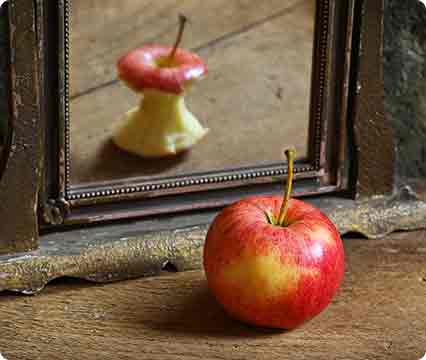Food images engage subliminal motivation to seek food
Ziaduddeen et al. (2012) claim that although hunger may be reduced by the sensory-specific satiety (SSS) phenomenon (which describes the decline in satisfaction gained of the food being eaten relative to another type of food that has not been consumed), certain foods such as desserts remain attractive and encourage energy intake. Since it is important to understand how the dynamics between internal and external driving factors related to eating, this present study was designed to determine whether food stimuli would still induce the same effect even when they are subliminally communicated (unconsciously perceived), and whether this involuntary influence would vary in response to food reward value while sated (full). The results of this study indicate that the SSS phenomenon impact is unaffected by the lack of conscious awareness of external stimuli. Thus, our desire for food appears to be influenced by even the most subtle and subliminal events that take place around us. [NPID: perception, food reward value, satiety, reward, external eating, subliminal events, unconscious]
Year: 2012
 Navigation
Navigation






